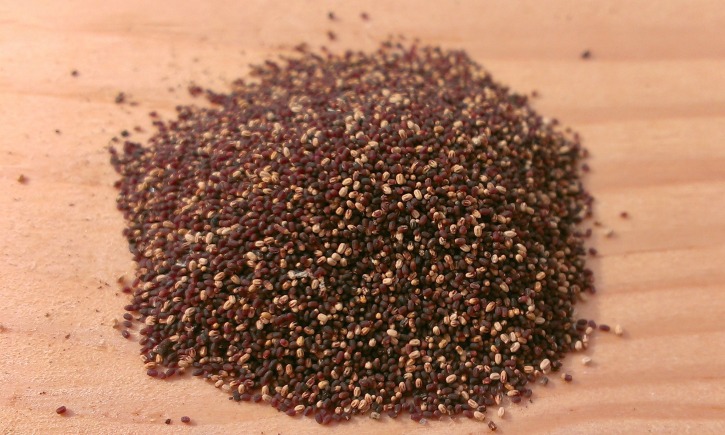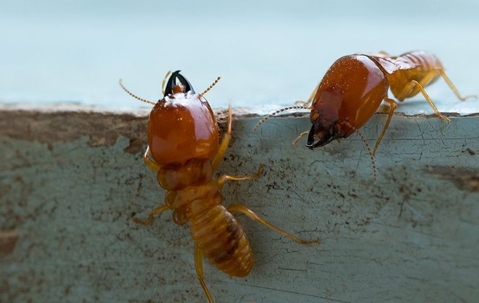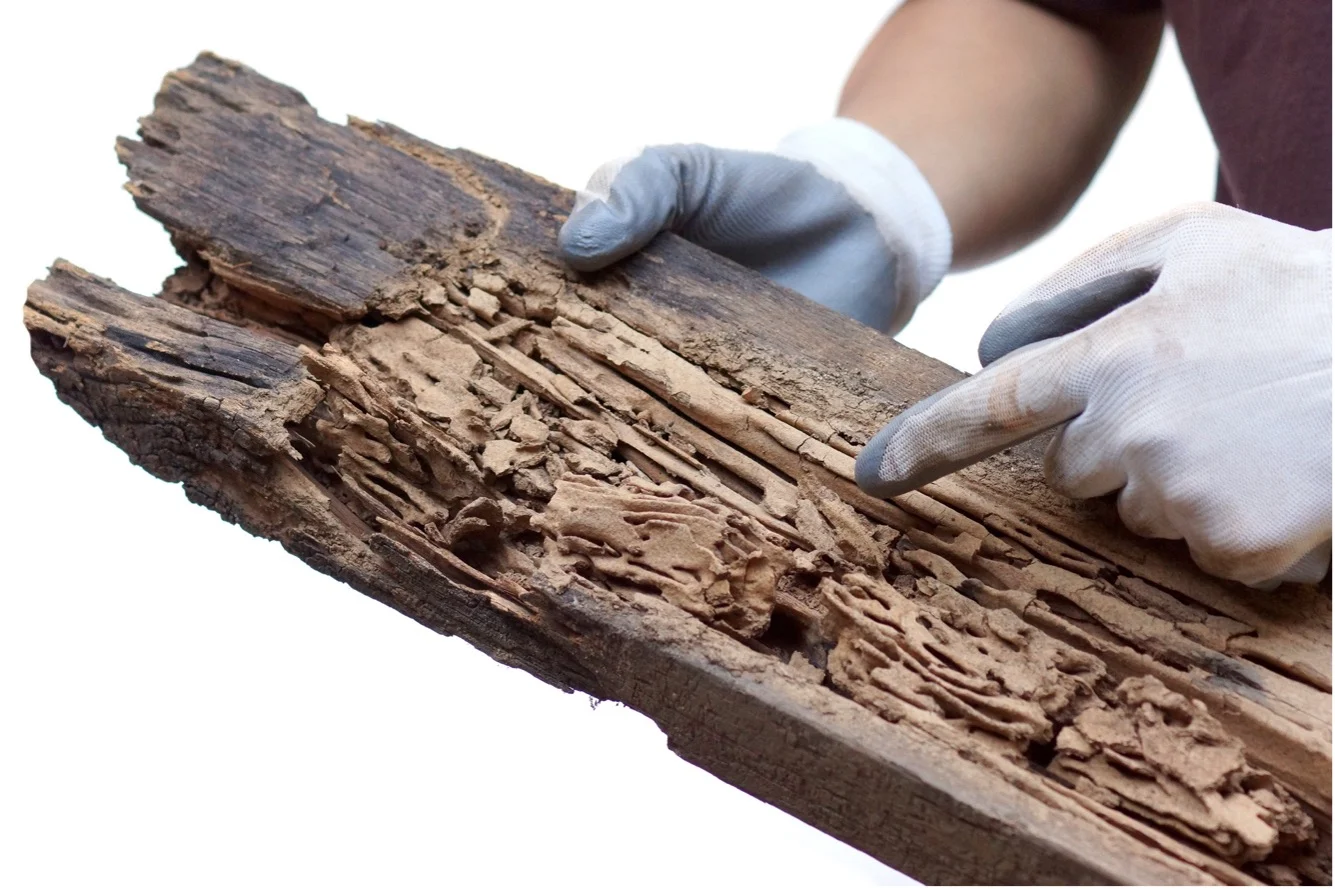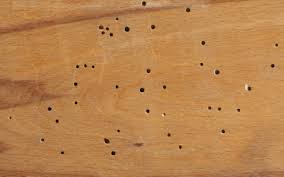Drywood Swarmer Season in San Mateo County: What Every Homeowner Should Know
- Lauren Willard
- May 23
- 2 min read

What Is Drywood Swarmer Season—and Why Should You Care?
If you’re a homeowner or homebuyer in San Mateo County, there’s one small, winged invader you need to watch for—drywood termite swarmers. These tiny pests may not look like much, but catching them early can save you thousands in home repairs.
Drywood swarmer season is the time of year when mature termite colonies release winged reproductives (called swarmers) to establish new colonies. In our region, that typically happens during the late summer to early fall, though it can vary slightly depending on weather conditions.
Why Do Drywood Termites Swarm?

Swarming is part of the reproductive cycle of termites. When a colony matures (usually after 3–5 years), it sends out swarmers—also known as alates—to find a new place to set up shop. Unlike subterranean termites, drywood termites don’t need contact with soil. They’re perfectly content living inside your walls, roof, or attic, feeding on dry wood 24/7.
This makes them especially dangerous for San Mateo County homes, many of which are older structures with ample wooden framing and coastal humidity that can support hidden colonies.
When Is Drywood Swarmer Season in San Mateo County?

In coastal California—including San Mateo, Redwood City, Burlingame, and surrounding areas—drywood termite swarmers are usually most active from August through October. Warm, dry afternoons with little wind are prime time for a swarming event.
If you see small, winged insects near your windows, porch lights, or attic vents during this time, don’t ignore them. These could be the first visible sign of an established infestation.
Signs You Might Be Hosting Termite Swarmers
Here’s what to look for around your home:
Discarded wings: Found near windowsills, doorways, or in spider webs.
Frass (termite droppings): Looks like fine sawdust or coffee grounds.
Clicking sounds inside walls: Caused by termites communicating.
Hollow-sounding wood: A sign that they’ve been feeding inside.
Tiny exit holes in wood: Where swarmers have emerged.
If you spot any of these signs, it’s time to call in the pros.
Why Fast Action Matters
Drywood termites work silently, often undetected for months or even years. By the time visible damage appears, the structural integrity of your home may already be compromised. That’s why early detection during swarmer season is so important.
Protect Your Home with Good Sense Termite
At Good Sense Termite, we specialize in drywood termite detection and treatment throughout San Mateo County, from Daly City to Half Moon Bay. Our licensed inspectors use advanced tools and local expertise to identify and eliminate termite colonies—before they cause major damage.
We offer:
Clear, honest treatment quotes
Ongoing prevention plans
Flexible scheduling for busy homeowners and real estate transactions
Whether you’re a long-time resident or buying your first home in the Bay Area, we’re here to make sure your investment is protected.
Schedule Your Termite Inspection Today
Don’t wait until termites have taken a bite out of your home. If you're seeing swarmers—or just want peace of mind—schedule an inspection with Good Sense Termite today. We’re proud to serve San Mateo County with trusted, effective, and fair termite control services.
📞 Call us to book your appointment! (408) 418 9152












Comments